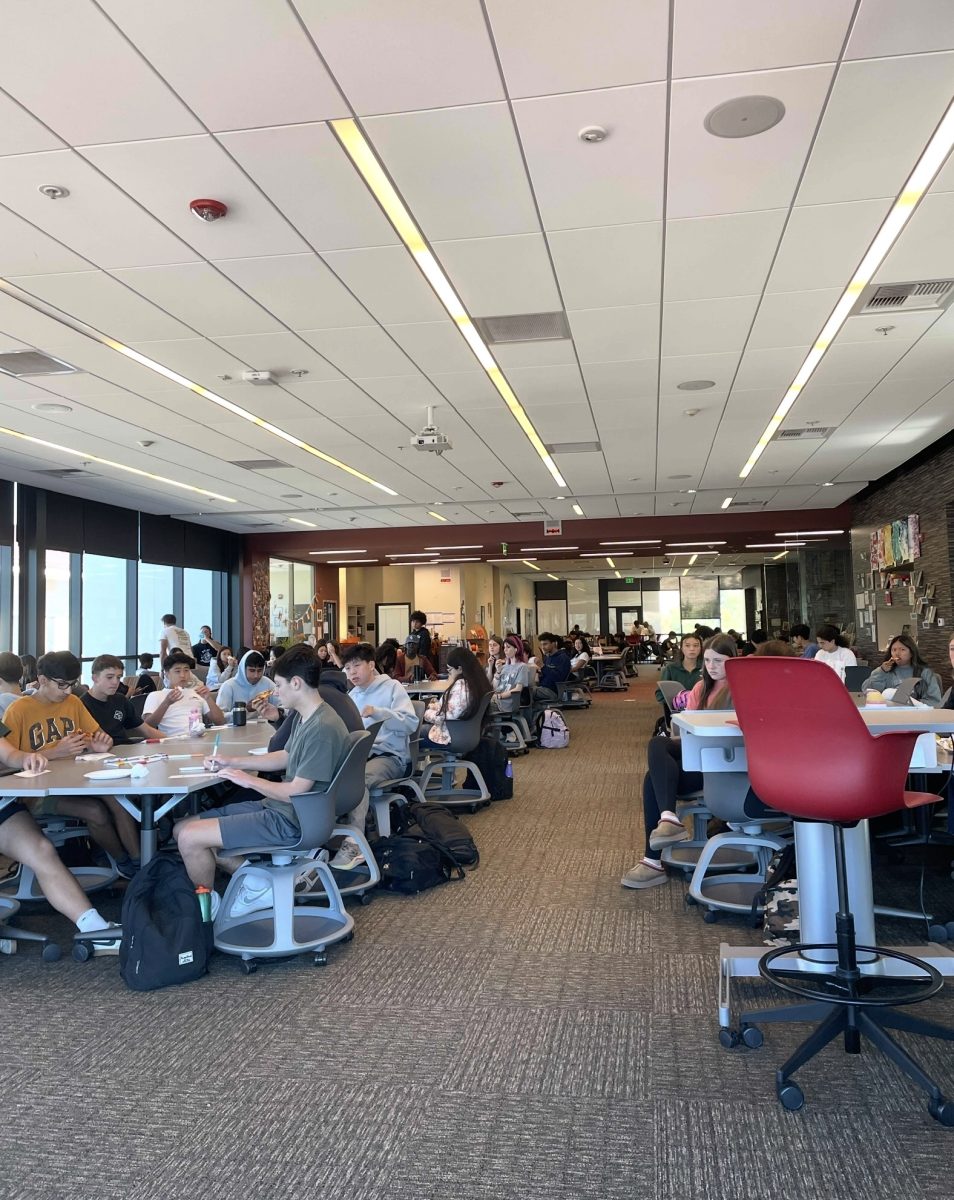School shootings have become one of the most tragic and horrifying crises of modern times, particularly within the United States. These occurrences, which were once uncommon and shocking, are now occurring on a disturbingly frequent basis. The impact on students, teachers, families, and societies as a whole is substantial, resulting in a feeling of fear, anxiety, and emotional trauma that goes beyond individual incidents. For today’s students, the continual danger of violence has impacted not only their perception of safety at school, but also their mental health and development.
According to data from organizations such as the Gun Violence Archive, Center for Homeland Defense and Security, and the K-12 School Shooting Database, school shootings have spiked over the last decade. The frequency and fatality of these incidents have increased as more guns enter educational settings. While the actual number of events varies depending on the definition of a “school shooting,” hundreds of gun-related incidents have taken place in schools across the country since the devastating Columbine High School massacre in 1999. As reported by the Gun Violence Archive, the number of children killed between the ages of 0-11 has nearly doubled, while the number of teens killed between the ages of 12-17 has more than doubled since 2013.
One of the most recent high-profile school shootings occurred at Oxford High School in Michigan in November 2021. A 15-year-old sophomore opened fire on his classmates, killing four and injuring seven others. The gunman had exhibited troubling behavior prior to the incident, prompting concerns about the school’s safety procedures as well as parents’ responsibilities in monitoring their children’s mental health and access to weapons.
Another harrowing tragedy is the shooting at Robb Elementary School in Uvalde, Texas, in May 2022. An 18-year-old former student entered the school armed with semi-automatic firearms, killing 19 students and two teachers. This shooting, like many others, reignited a national debate over gun regulation, mental health resources, and school safety practices. Unfortunately, these two incidents are among many others that have yet to be touched on.
School shootings are no longer rare occurrences for today’s students; they have become an ongoing reality. Students must now engage in active shooter drills, learn survival strategies, and plan for the likelihood of gun violence in their daily routines. This exposure has significant psychological repercussions.
According to the American Psychological Association (APA), many students are now living with increased anxiety, fearful that their school may be the next target. Even people who have not witnessed a shooting first hand frequently describe feeling unsafe. The sight of police cars outside a school, the sound of a fire alarm, or the presence of a stranger may all trigger panic and fear.
School shootings may damage a student’s social and emotional development. Studies have shown that children who have witnessed school shootings may grow more withdrawn, aggressive, or irritable. Victims’ families and friends are also deeply affected, having lost a loved one and experienced long-lasting trauma. Many people struggle with relationships and have difficulty trusting others, which can impair both their academic success and personal growth.
Dr. Kevin Ahern shared his thoughts on the devastating impact of school shootings: “First is, you really have to feel for the people. It’s horrifying, the fact that you are coming to a place to learn and connect, and there are forces out there that completely work against that. They are supposed to be in a safe place,” he said, reflecting on how tragic it is for students to face such threats in environments meant to foster growth.
As an educator, the fear of school shootings has changed his perspective on teaching. “It would be great to simply focus on teaching and learning, but with this in mind, we have to think about basic safety. It pushes on the premise that if people don’t feel safe at school, they won’t be able to learn well,” he said. Dr. Ahern emphasized how ensuring a secure environment is now more than ever a part of the educational system.
When asked about creating a safe campus environment, he stressed the importance of communication. “If you see something, say something. Whether it’s through anonymous tip lines, coming into the office to talk, or even a friend. We have to accept that there are going to be some people with violent intentions. We need to be collectively taking care of each other,” he said, highlighting the need for community support.
On the role of mental health services in preventing school shootings, Dr. Ahern pointed to the importance of tiered systems of support. “Everybody goes through tough times when they just need someone to talk to, whether it’s a friend or someone from the wellness center. It can be general support or something more intensive. We are very blessed to have these services in our community,” he noted, stressing the significance of using available resources effectively.
In closing, Dr. Ahern shared a quote that resonates with the issue of violence in schools: “A neglected child will burn down its village to feel warmth.” This underscores the importance of recognizing and addressing the needs of every student to prevent future tragedies.








